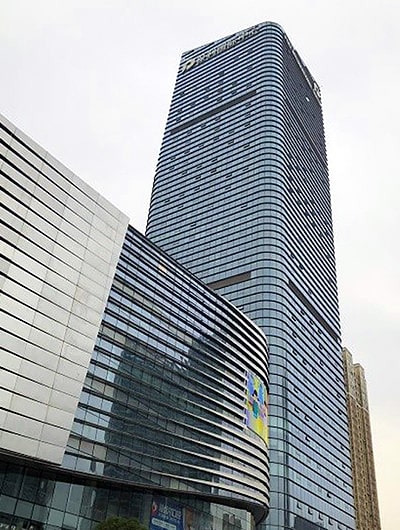글로벌 시대, 해외 진출의 통로가 되어주는 현지화의 중요성을 인지하는 고객이라면 저마다 까다로운 품질 기준이 있답니다. 각국의 다양한 고객사에 다국어 번역 서비스를 제공하는 현지화 업체는 이러한 기준에 부합하는 만족스러운 결과물을 제공함으로써 고객사와 더욱 돈독한 파트너십을 키워나가고 있으며, 매일같이 다양한 유형의 고객과 프로젝트를 접하게 됩니다. 간혹, 현지화 업계 표준에 비해 현저히 높은 품질이나 까다로운 작업 방식이 요청되기도 하는데 한샘글로벌의 베트남 법인에서도 이렇게 까다로운 프로젝트를 요청받아 성공적으로 수행하며 성장한 경험담을 보내왔습니다. 아래 영문 게시글로, 험난했지만 충분히 가치있는 한샘글로벌의 현지화 여정을 함께 확인해 보실 수 있습니다.
Quynh Nhu
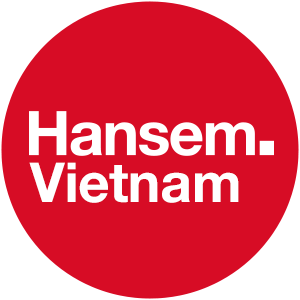
Hansem Vietnam’s Journey to Excellence in QA
How We Satisfied One of Our Most Demanding Customers
While performing translation services, we sometimes encounter customers who make requests with unusually demanding standards for quality. I certainly have experienced such cases among the projects that I have undertaken since I joined Hansem Vietnam (HSVN). The process of satisfying the demanding requirements of customers has been really difficult, but once it’s done, it becomes a valuable part of our know-how. I would like to share my experience in this article.
The Projects of Demanding Customers
Projects from one of our most demanding customers mainly involve translating the titles of products, or terms extracted from those titles, or the customer queries on shopping sites. Sometimes the task also includes editing the machine-translated words and phrases. After finishing the translation step, our work is then sent to the team in charge of quality assurance in order to check and point out any issues that they can see. Then, we correct our translation accordingly – something that is referred to as the rebuttal step.
The whole process can be summed up neatly in the image below.
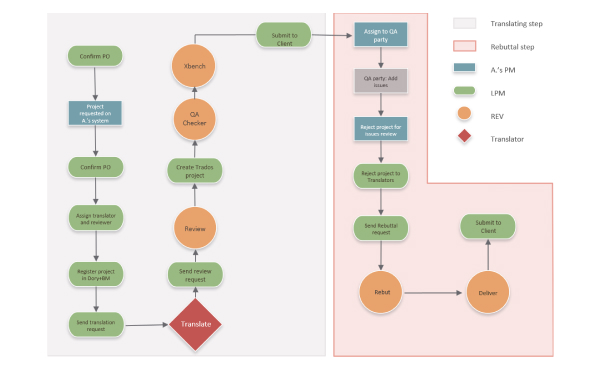
As simple as it may seem, these tasks bring many challenges to our daily work.
Difficulties while handling the projects
The task of translating product titles or user inquiries on shopping platforms was unfamiliar to me when I first started, and I had a hard time getting acquainted with how to do it. But that is not the biggest concern I have with these projects.
What is different about these projects is that the source was not initially written in English, but was machine-translated from Chinese to English, which means it is not in the standard English I know. Even having been trained for their projects before, I still could not help feeling overwhelmed by the titles and terms that do not follow general English grammar rules.
Furthermore, the source is sometimes mistranslated, and hence unintelligible. These sources require a lot of in-depth research, which is time-consuming and lowers our output capacity.
For example, 透视 is machine-translated as “perspective” so we will have an English title like “perspective jacket,” which sounds awkward and does not translate at all to any English speaker. In cases like this, it take us a while to do research to figure out that 透视 can also be translated as “see-through,” and the source should be “see-through jacket”.
The English source is not only mistranslated but also occasionally mixed with other languages, such as Indonesian, Thai, or Portuguese. This mixture of languages doubles the confusion caused by the machine-translated source.
Another thing that raised the level of difficulty of their projects is the required correct ratio for the target. To pass, we must reach a 98.5% correct ratio, which means there is little to no room for error in our final products. Every mistake, like a typo or mistranslation, will cause a deduction in our QA score, and we may have to rework a project if the score falls below 98.5%.
How HSVN Overcomes the Hardships
Despite having such high requirements with a tight deadline, we manage to deliver satisfactory products thanks to some reasons below.
It is vital to know how to deal with the source, which means we have to clearly understand our client’s instructions. There is no better way to make sure we can comprehend the instructions from the client than to ask about any unclear points in the guides, apply those guideline to the actual projects, and then wait for any feedback on what we have done. Based on all of the instructions, feedback, and issues that might arise during or after the project, my team now can fix our guidelines with the client’s approval so that they are easier to grasp and comply with.
Sometimes, the source has too many issues so that even further instruction and feedback from the client cannot help us to determine what we should do. In those cases, we might make suggestions on what to do to handle those issues.
However, having clear and lucid instructions is sometimes not enough to guarantee a qualified final product. We need to share it with every translator that participates in their projects, whether they are in-house or freelance translators. Training sessions are held before projects even start to make sure all of the translators have properly understood their instructions and expectations.
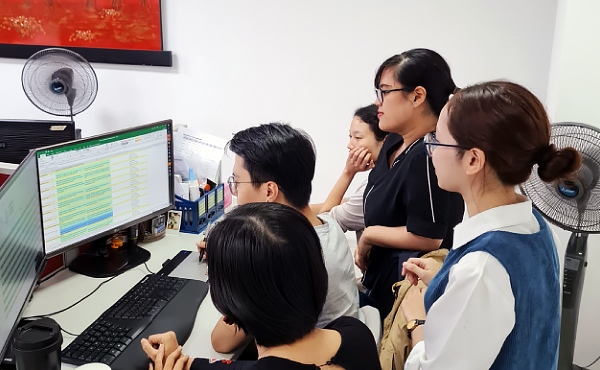
Besides these guides, communication is another key to success. Translators who work on these projects always talk with each other to make sure we follow the instructions closely and maintain consistency throughout the project. Moreover, we also hold regular meetings to review what we did well and did not do so well. Those meeting sessions help us to get a clearer view of the client’s expectations and figure out how to satisfy their needs.
QA tools are also essential for assuring the quality of the final products. After finishing the translation step, there are several QA steps that follow. In these steps, we run up to three QA tools: the customer’s own QA tool, QA Checker, and Xbench. These tools are of great help in detecting mechanical errors and reducing the error rate. Furthermore, this is the step where I can run through my work again with a fresh pair of eyes to detect any minor mistakes that I might not have noticed in the translation process.
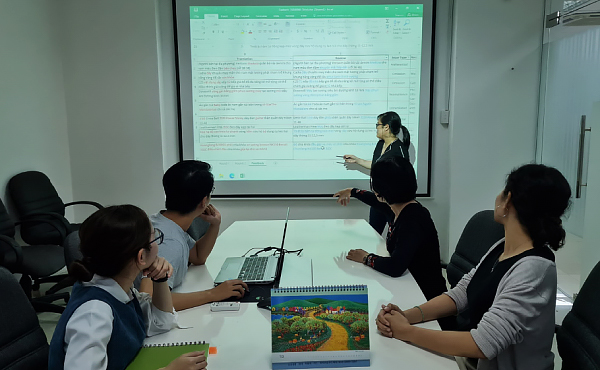
As a language service provider, it may be necessary to work with customers who are extremely demanding, in terms of quality standards or how a project is handled. What I learned while working at HSVN is that we can always find a way to satisfy customers through constant effort and close communication in order to solve their issues. In the case of the previously mentioned projects, we ultimately ended up providing the best quality compared to the other vendors the customer worked with. Through this experience, everyone at HSVN has become confident that we will manage to satisfy any customer who might have unique requirements.


